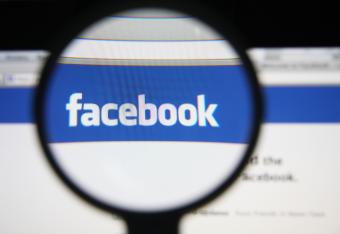
The social media effects on tourism are profound and can be contributed to the popularity of user written reviews, video and photo sharing, blogging, and the localization of the Internet. Travelers use social media to discuss where they are going, what attractions they are seeing, and what restaurants they are visiting. Additionally, travelers research venues and attractions before they book a trip. They provide feedback about their experiences when they get home by using services such as Epinions. Social media and the Internet are not just a part of traveler's lives; with most carrying Internet enabled cell phones, the Internet is integrated into their activities.
Defining Social Media
Social media, unlike traditional media, is aggregated and produced by the general public. Content is distributed to the masses on the Internet free of charge. Social media includes written publications, video segments, and audio clips. There are various types of social media outlets, including blogs, content sharing portals, social networks, professional networks, microblogging, social bookmarking, and preference sharing.
Social Networks
Social networks are limited to a registered population; anyone who is over the age of 13 can join the community. Social networking enables travel businesses to target groups of customers by means of advertising.
Blogs
Blogs have become the new source for consumer information. Citizen and professional journalists utilize blogs to target a niche audience that traditional media neglects. Blogging is an influential tool used to help the public form an opinion about vacation packages, airlines, cruise ships, hotels, and other forms of entertainment. In addition to traditional blogs, travelers post location-specific messages in Twitter, Facebook, and MySpace. These messages often contain the name of a restaurant, hotel, or an attraction.
Photo and Video Sharing
The general public is the best marketing tool that the tourism industry has to offer. When people are on vacation, they capture their moments on camera and film. With the invention of digital formats, consumers post their videos and photos for the world to see. Videos and pictures are taken at sites of general interest such as in famous restaurants, at city landmarks, and in other venues. Each time a user posts new material, they are creating exposure for that destination.
Trip Planning and Sharing
The Internet has made companies accountable. With websites such as Yelp and Trip Advisor, consumers are voicing their opinions across the Internet. These sites provide localization to focus on small boutiques, restaurants, shops, and attractions that you may not normally notice. Both locals and tourists use these services to look for something to do. Additionally, the more a company is referenced; their search engine ranking will improve.
Beyond the Web
Traditionally, companies have focused their efforts on building websites for the Internet. Social media changed the way in which travelers find information. The average person maintains multiple social media accounts. In order to reach a larger population, companies need to participate in social media websites. Unlike traditional websites, social media allows companies to form one-on-one relationships with their clientele. The social media effects on tourism directly influence a company's profit margin and ability to succeed in a competitive environment. Companies need to develop a solid social media marketing plan to stay afloat.
Social Media Effects on Tourism
By maintaining multiple profiles on social media platforms, travelers will be able to find accommodations, attractions, and eateries without leaving the website. Customers have the ability to ask questions, post feedback, and promote a brand within the network. Social media is free and does not require upfront costs besides labor. The short-term "buzz" quickly transforms into long-term reputation and trust.







